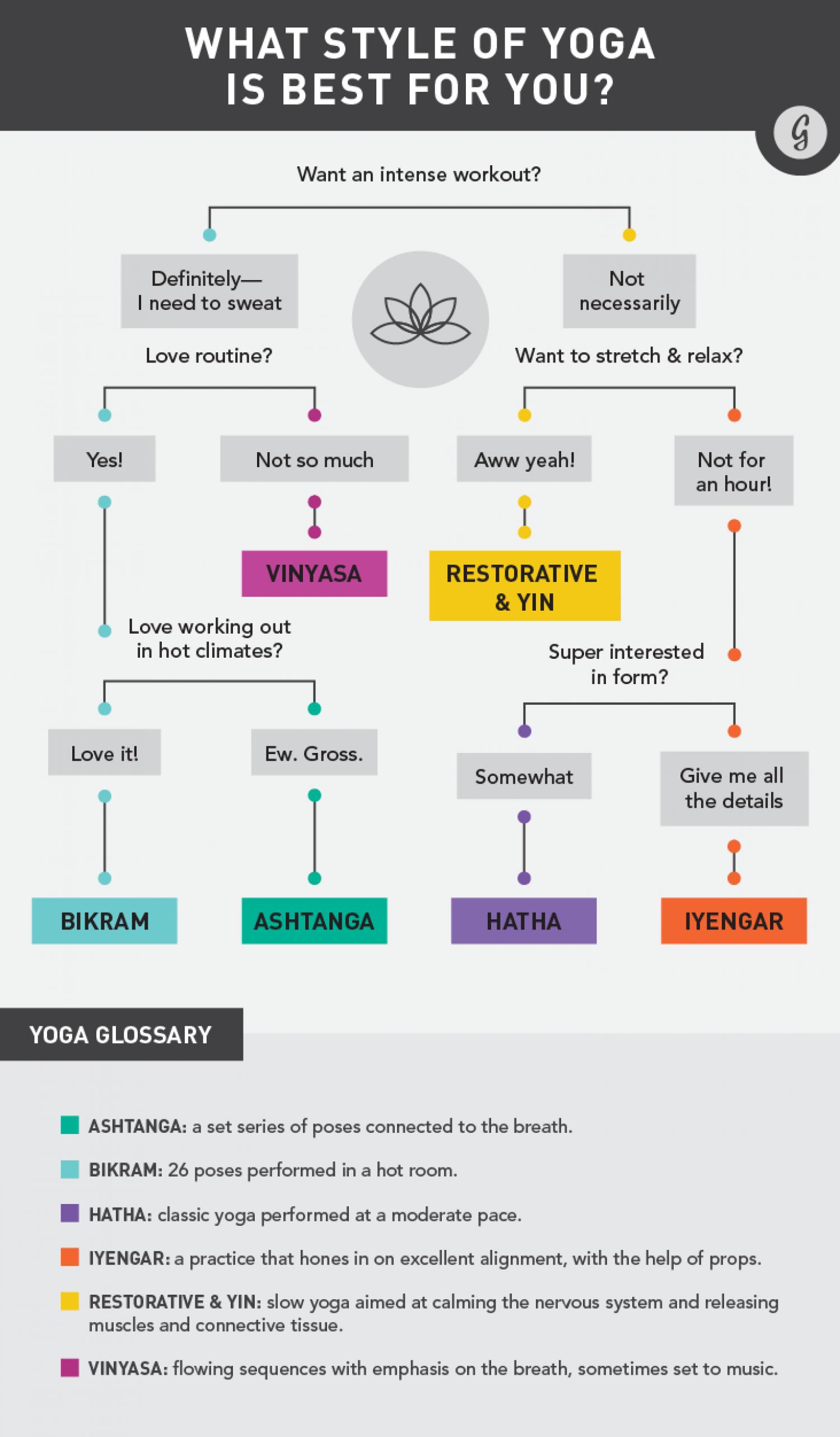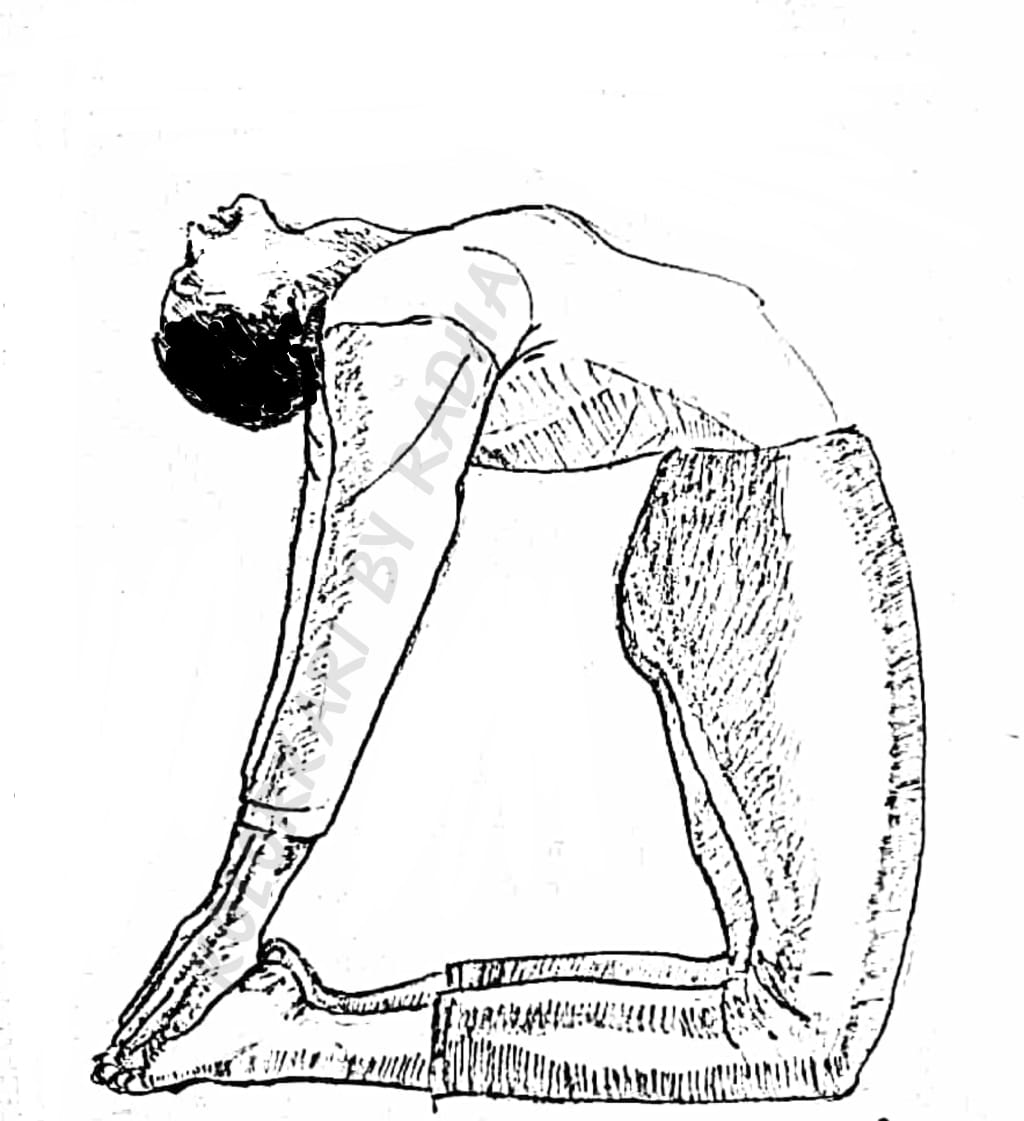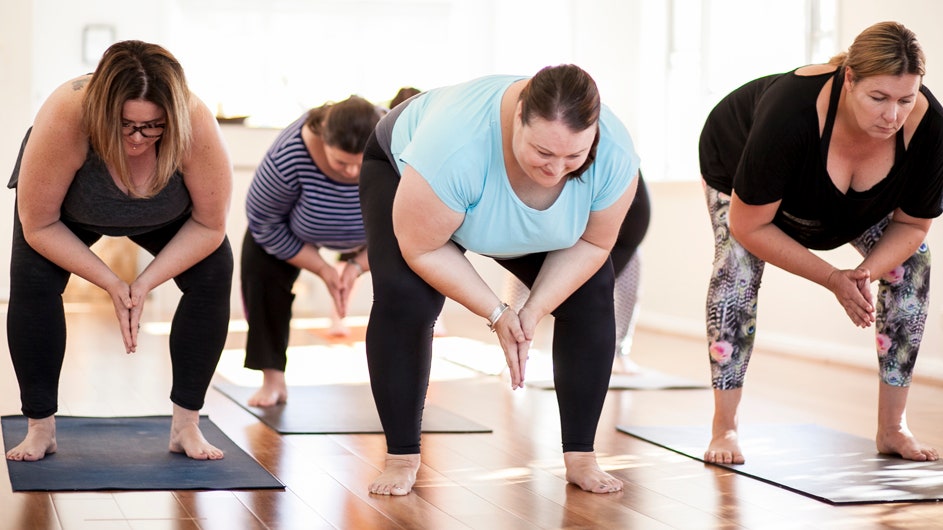
Asanas form an important part yoga. This is a practice that uses various poses to massage the different organs of the body. These poses also increase flexibility and strength. Learn more about asanas. In this article we will describe asanas along with their benefits. This should help you to find the perfect posture for you. Let's first look at an overview of asanas.
Asanas is a form yoga
Yoga asanas (postures) help to lubricate muscles, joints, ligaments, and other body parts. They improve blood circulation and flexibility. They can also elevate consciousness. Each pose targets different parts of the body. People with different health issues can find the right one for them. This article explains the benefits and differences between the different types of yoga poses.
They are a means of massaging the various organs in the body
Yoga asanas improve the circulation and health, in addition to the improvement of internal organs. Asanas improve flexibility, lubricate your joints and muscles, and promote healthy blood flow. Different asanas can be targeted at different areas of the human body. Your health situation will dictate which asana you choose. Inversion is a good option for those with high blood pressure as it can help to reduce the symptoms of irregular periods. The resulting stretch and massage also improves the health of the nervous system, counteracting the effects of stress, and is an excellent way to promote sleep.

They improve flexibility
Yoga asanas, or yoga postures, are designed to increase flexibility. Be aware that beginners need to be cautious. Injuring yourself by doing yoga incorrectly could lead to serious injury. Avoid sitting in poses that are too stressful on the hip joint or intervertebral discs. Engage your core when performing asanas. You will find that you are more flexible and have a stronger core. This will make you feel better, which will result in a greater sense of well-being.
Strength
Asanas are a way to strengthen your body and keep you centered during a yoga practice. For a yoga practice to be effective, it is important to strengthen key muscle groups. Tadasana (a yoga asana) is a great example. It requires wide feet, a back foot turned in and palms facing down.
Balance
Balancing asanas have many benefits. They improve balance and coordination, strengthen the body and connect the mind and spirit, and increase your awareness of your present state. They also restore emotional stability. To learn more about balancing asanas, read on! Below are the benefits of practicing balance yoga. When you are able to perform these postures safely and efficiently, you can practice them regularly.
Anxiety
Yoga poses are a good way to combat anxiety. These positions help calm the mind and increase energy. Yoga poses can be used to stretch the back and legs. Your breathing is also important to reduce anxiety. Hence, the best yoga poses for anxiety are the ones that make you feel relaxed and calm. You will need a blanket and an eye pillow to make you feel at ease during these yoga poses. A few tips for practicing yoga poses for anxiety can help you get rid of your stress and get back to your life.

Diarrhoea
Diarrhoea (or diarrhea) is a common, but not pleasant, problem in the gastrointestinal system. Diarrhoea is caused by a wound in your intestines. It usually comes with pain, swelling, blood, and stool. Diarrhoea may be either acute or chronic. The latter is more serious than the chronic. Chronic diarrhoea requires hospitalisation and medical attention.
Constipation
Many yoga asanas are available to help with constipation. A common one is the supine twist. This massages the internal organs of the digestive tract and helps to relieve constipation. It eases abdominal tension, and it pushes trapped air outside. This is the most well-known of all the constipation asanas. However, most people don't know about this asana. The constipation yoga pose is well-suited for those who want to improve blood circulation.
Blood pressure
The best way to lower blood pressure is by doing yoga poses. You can achieve peace of mind by relaxing your mind and body. These postures can help lower blood sugar in many ways. Yoga poses can also be used to help you relax and improve your sleeping, both of which are major risk factors for high bloodpressure. The following are some of the best asanas for blood pressure.
FAQ
How long does a pro yoga teacher take?
It depends on the style of yoga you are practicing. Some styles are slower than others. You can expect to improve even if your skills are still developing.
You will improve your skills the more you practice. After a few weeks of consistent practice, you will notice improvements.
Can I do yoga every single day as a beginner and still be able to practice?
Yoga is a great way to stretch and strengthen your body. It also helps you relax and release stress. You don't have to be a yoga expert to start practicing it regularly. It is recommended that beginners practice yoga at least 20 minutes each day.
This is enough time to get started. Then, you can slowly increase the amount of time you practice.
Do I need special equipment to do yoga?
You don't need any special equipment to practice yoga. You may prefer to use specific props like blocks, straps, or blankets.
For more information on these products, check out our Yoga Equipment Guide. We recommend that you choose products made from natural materials over plastic.
What is yoga?
Yoga is founded on the principles of alignment, breath control and meditation. It can create a sense of calm and peace within the practitioner when it is done correctly.
Your body should be warmed up before you begin any yoga class. For example, you could start with forwarding bends. These moves loosen tight muscles and prepare you for deeper poses.
Next, you will need to balance in the "standing" pose. During this pose, you stand with your feet, arms at your sides, and gaze down toward the floor. Your body should feel rooted and centered.
Next comes the most important part: moving into deep stretching poses. To do these poses, lie face-up on a flat surface and lift your legs. To keep from falling, hold onto something sturdy. If you don't have anything to grab onto, rest your hands on the ground beside you.
After completing all of these poses, you can move on to a series standing poses. These are the mountain pose and warrior pose as well as the downward facing dog, upward facing dogs, plank pose and last pose.
It is important to slow down and breathe deeply when you do yoga. Deep breathing helps to calm the mind and cleanses your lungs. You can do this by focusing on your inhales and exhales. Consider counting every time you take a deep breath.
You can practice yoga anywhere -- even while cooking! Follow the steps above, but don't lie on your back.
Start with 10 minutes daily if you're new to yoga. Remember that yoga is for everyone, no matter your age.
Is yoga a good way to quit smoking?
Yoga may help people stop smoking because it makes them feel better physically and mentally, reducing stress levels. It helps to lose weight from overeating. This could allow you to quit smoking.
Can yoga be used to manage pain?
Chronic back pain sufferers may find yoga to be a good treatment. They are able to improve flexibility, balance and strength, as well as their stress levels.
Before starting a routine of yoga, as with all exercise programs, you should consult with your doctor.
Are 20 minutes of yoga a day enough?
Yoga should not just be exercise. It is a time to look at your life and reflect on how it has changed.
My friend introduced yoga to me a few decades ago. She had been practicing for many years. He told me that he did yoga for 20 minutes each morning, which helped him feel calmer throughout the rest of his day.
I decided to try it and found that it made a difference in my overall well-being. Since then, I continue to practice yoga and find it helps me focus and relax when I'm at work.
Find what works for you, and then set realistic goals. If you don't feel the benefits of yoga, you don't have to do it all day.
Statistics
- About one in seven U.S. adults practiced yoga in the past 12 months, according to a 2017 national survey. (nccih.nih.gov)
- According to calorie estimates calculated at Harvard Medical School, the average 125-pound person burns about 120 calories in a half hour of hatha yoga, and a 185-pound person burns about 178 calories in that half hour. (everydayhealth.com)
- The people in the yoga group were 37 percent more likely to have quit smoking by the end of the 8-week program. (nccih.nih.gov)
- In comparison, a 125-pound person is estimated to burn 135 calories in 30 minutes of walking (at a pace of 15-minute miles) and 210 calories bicycling at a moderate pace on a stationary bike. (everydayhealth.com)
- According to the Agency for Healthcare Research and Quality, falls are incredibly common among older adults in nursing facilities. Even the simplest ones can increase the risk of death (24). (healthline.com)
External Links
How To
What is the best location to practice yoga in?
There are many ways to practice yoga. Everybody is unique. You only need to know which positions feel comfortable for you.
Here are some common postures:
Standing poses - Standing poses are suitable for beginners because they allow you to see how your body looks from different angles. It is also easier to focus on your breathing with these poses.
Forward bends- Forward bends can often be used to release tight areas. Try them while sitting or lying down.
Backbends. Backbends generally are considered advanced poses. Instructors can help you decide if this is a pose you would like to try.
Inversions: Inversions are poses where you balance on your side. This type of yoga can be challenging but rewarding.